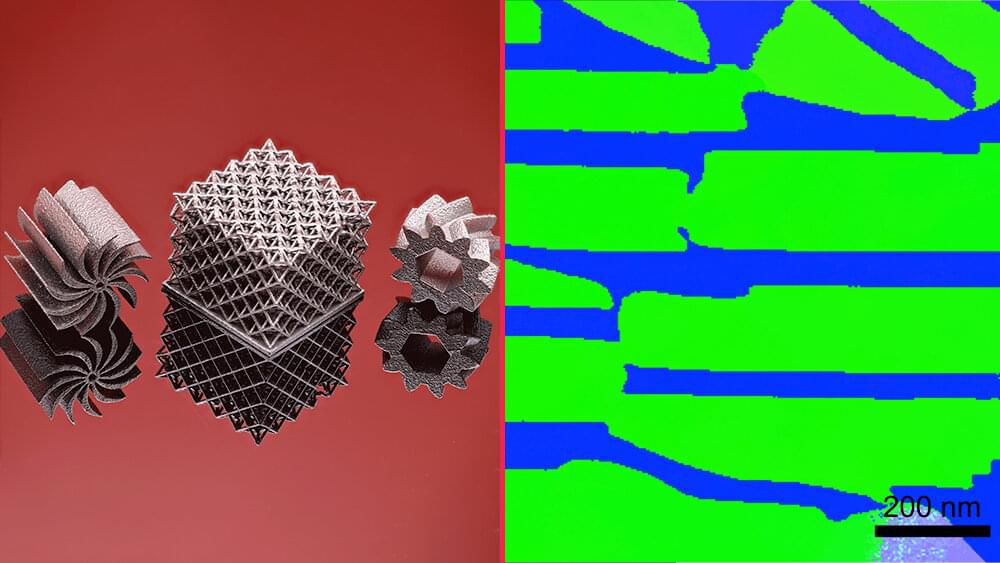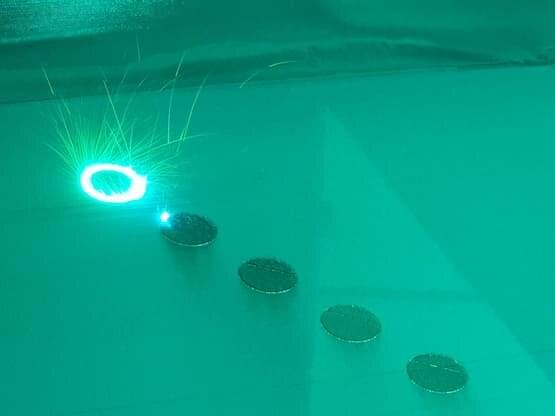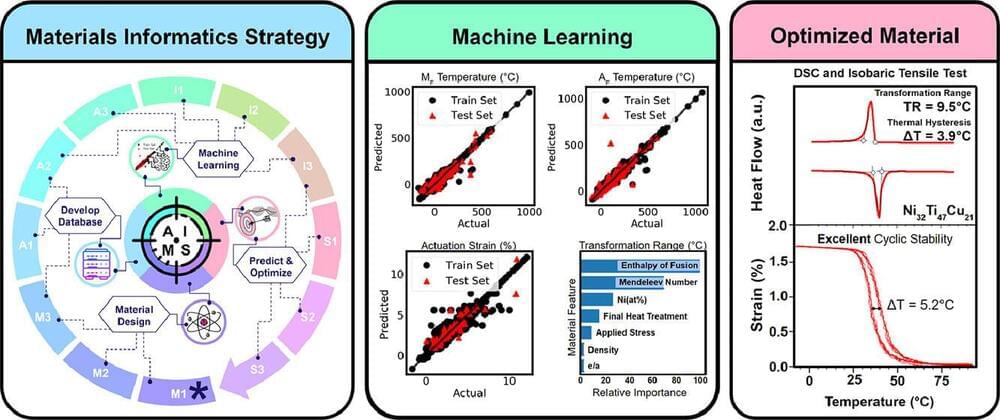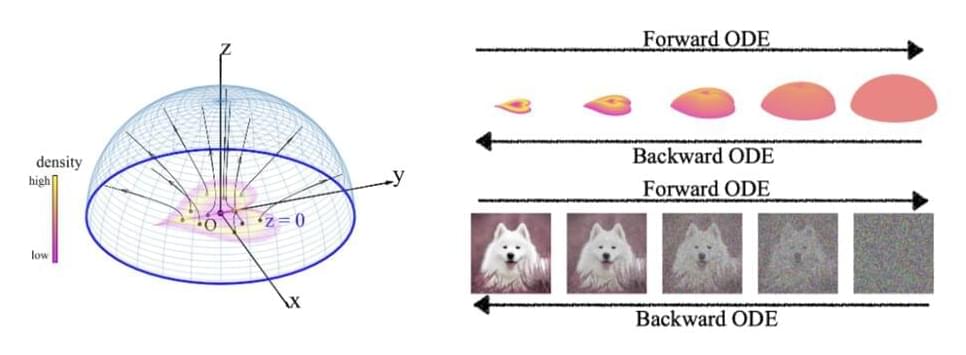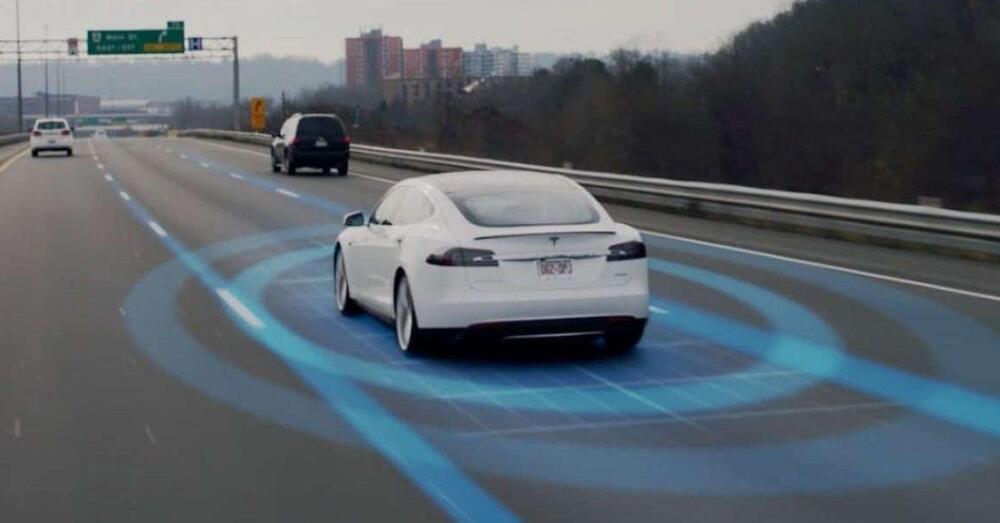Oct 5, 2022
3D-printed, ultra-strong and ductile alloys form nanostructures
Posted by Dan Breeden in categories: engineering, nanotechnology
Additive manufacturing techniques used to produce metal alloys have gained popularity due to their ability to be fabricated in complex shapes for use in various engineering applications. Yet the majority of studies conducted have centered around developing single-phase materials.
Dr. Kelvin Xie’s team in the Department of Materials Science and Engineering at Texas A&M University employed advanced characterization techniques to reveal the microstructure of the 3D-printed dual-phase multi-principal elements, also known as high entropy alloys (HEAs), that display ultra-strong and ductile properties. This work is a collaboration with Dr. Wen Chen from the University of Massachusetts at Amherst and Dr. Ting Zhu from the Georgia Institute of Technology.
This study was recently published in Nature.
